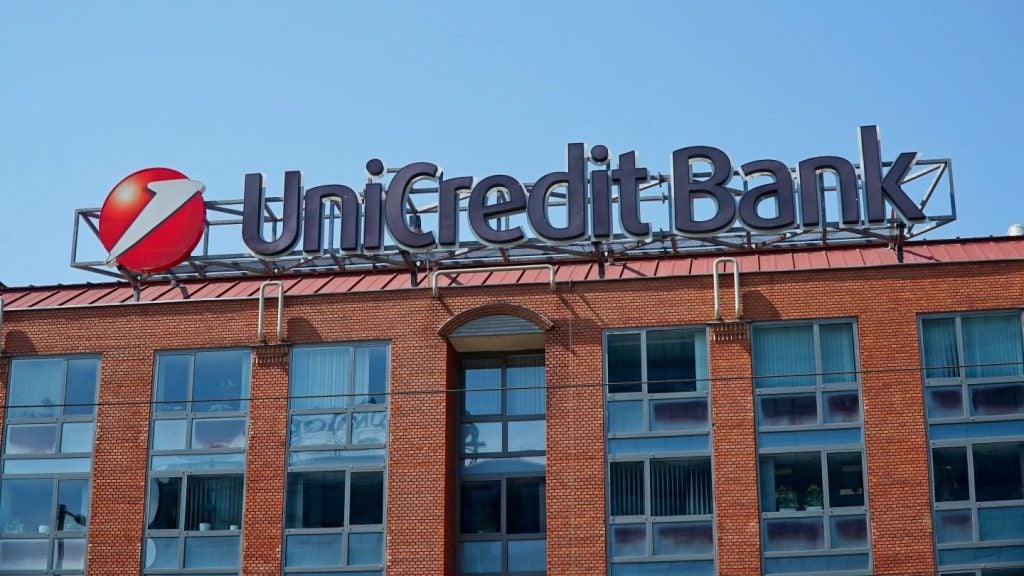
Synthetic ‘Frankenstein’ identities exploit stolen and faked personal information to spoof credit checks and commit high-value fraud against banks and credit providers.
According to LexisNexis Risk Solutions, there are almost three million of these synthetic identities already in circulation in the UK, preparing to strike. Hundreds of thousands more are being created each year, with volumes of the highest-risk synthetic identities increasing nine-fold (527%) between 2020 and 2023.
An analysis of over 72million consumer profiles found 2.8million showing several high-risk signs of ‘Frankenstein cloning’. This where fraudsters stitch real and made-up personal details together to create a ‘new’ identity. Other high-risk signs include seeing no trace of family connections and lots of similar-looking identities living at the same address.
US synthetic fraud: average fraud loss per case of $15,000
In the US, synthetic fraud is already a major issue. Businesses report an average $15,000 loss to each confirmed synthetic fraud case. As a result, LexisNexis estimate that it could cost the UK economy around £4.2bn by 2027, unless firms start properly screening now, for the threat.
It says that most organisations’ existing fraud defences are ineffective against synthetic identities. This is because they appear as normal, good customers until the fraud is committed. Once they ‘bust out’ with the funds, the lender is left to suffer the loss, as there’s no ‘real’ person to pursue for the debt.
Noreen Altaf, Identity Fraud specialist at LexisNexis Risk Solutions, said: “At first, a synthetic ID has little value to a fraudster. It has no credit history, so they need to play the long game. Scammers nurture each false identity by building what appears to be a real credit profile over time. This makes the synthetic ID seem like a trustworthy customer. Because of this the fraud threat is effectively invisible to firms’ existing fraud defences, until it’s too late.

US Tariffs are shifting - will you react or anticipate?
Don’t let policy changes catch you off guard. Stay proactive with real-time data and expert analysis.
By GlobalData“Once a fraudster thinks the synthetic ID has enough plausibility, they’ll aim to max out available credit lines. This might be applying for a loan or credit card for thousands of pounds, taking a PCP contract for a new vehicle, or making a high-value purchase via a buy now pay later arrangement. The fraudster has no intention of repaying this, leaving organisations to foot the bill and chasing ghosts to recover the debt.
New and fast-emerging threat
“There is still much businesses don’t know about this relatively new and fast-emerging threat. So, it’s difficult to predict the true potential cost of synthetic fraud to the UK. However, even a very conservative estimate of a £1,500 loss per fraud attack amounts to £4.2bn in future credit write-offs for companies, with synthetic identities already hiding amongst their customer base. And it could be a lot higher.”
“Synthetic fraud has been around for a while. But with sophisticated fraud modelling, we can now, for the first time, more accurately detect and put a figure on it. We believe the significant growth in production of synthetic identities seen recently is, in part, due to the success banks are increasingly having against other fraud types. Fraudsters constantly evolve their tactics to circumvent defences. Synthetic fraud offers a new approach with a minimal risk of being caught, whilst offering potentially high returns.
The need to invest in onboarding security defences
“Businesses need to act fast to protect themselves by investing in tools capable of spotting synthetic identities at application or onboarding stage, before they become customers. Given the length of time fraudsters have already been creating and nurturing synthetic identities in the UK – as evidenced by our research – banks, lenders and credit providers, in particular, should take appropriate action to review their existing portfolios to ascertain the extent to which synthetic identities may have infiltrated their organisations over time, before those identities get a chance to cash out.”







